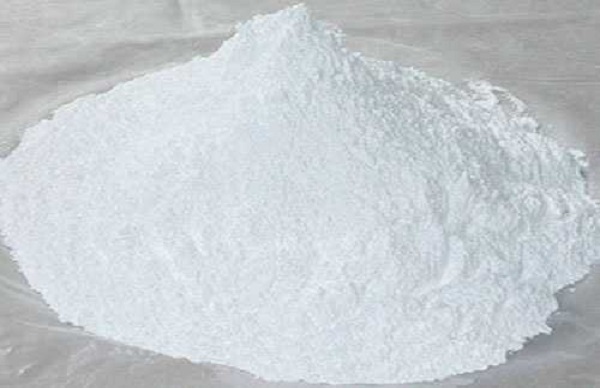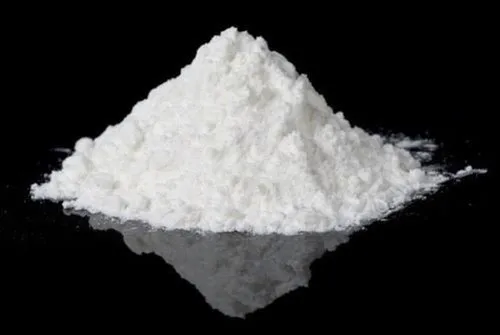
Is talc powder safe for skin?
August 7, 2023
Why is calcium carbonate used in food?
August 21, 2023Introduction:
Soapstone, also known as steatite, is a metamorphic rock composed primarily of talc, magnesium silicate, and other minerals. Renowned for its heat resistance, softness, and smooth texture, soapstone finds applications in various industries, including construction, art, and cosmetics. One intriguing aspect of this mineral is its behavior when it comes into contact with water. In this blog post, we will explore the solubility of soapstone powder in water, shedding light on its fascinating properties.
Understanding Soapstone Powder
Soap stone powder is derived from soapstone through a meticulous process of grinding and pulverizing. The resulting fine powder is commonly used in the manufacturing of ceramics, paper, rubber, paints, and coatings. Due to its high talc content, it boasts exceptional lubricating properties, making it an ideal choice for applications requiring low friction and resistance to heat and chemicals.
Soapstone Powder and Water
Soapstone powder, composed primarily of talc, does not dissolve in water due to its hydrophobic nature. Being hydrophobic means that it repels water and is insoluble in aqueous solutions. The structure of talc consists of layers of silicon-oxygen tetrahedra bonded to sheets of magnesium hydroxide, creating a unique crystalline structure that prevents water molecules from penetrating and dissolving the powder.
Instead, when water comes into contact with soapstone powder, it forms droplets on the surface. This surface wetting occurs due to intermolecular forces and the adhesive properties of water. The water droplets spread out and adhere to the powder's surface, but the powder particles themselves do not dissolve in water. This intriguing interaction showcases the hydrophobic characteristics of talc and emphasizes the distinct behavior of this mineral when in contact with water.
The Role of Talc in Solubility
Talc, the predominant mineral in soapstone powder, consists of hydrated magnesium silicate. Its structure contains layers of silicon-oxygen tetrahedra bonded to sheets of magnesium hydroxide. These layers create a unique crystalline structure that contributes to talc's hydrophobic nature. The presence of hydrophobic bonds within talc prevents water molecules from penetrating the structure, resulting in its insolubility in water.
Interaction with Water
When soapstone powder comes into contact with water, an interesting phenomenon occurs. Due to its hydrophobic nature, the water molecules are unable to break through the structure of talc and cause it to dissolve. Instead, the water forms droplets on the surface of this powder, akin to beads of water on a waxy surface. This behavior is a testament to the hydrophobic properties of this compound.
Surface Wetting
Although soapstone powder does not dissolve in water, it does exhibit a degree of surface wetting. Surface wetting refers to the spreading of a liquid over a solid surface. In the case of this mineral, the water droplets tend to spread out and adhere to the surface due to the interplay between intermolecular forces. However, it is important to note that this surface wetting does not involve the dissolution of soapstone powder particles in water.
Conclusion
In conclusion, soapstone powder, owing to its talc-rich composition, does not dissolve in water. Its hydrophobic nature prevents water molecules from permeating the structure and causing dissolution. Instead, water droplets form on the surface of the powder, showcasing the unique interaction between soapstone and water. As one of the most trusted and reputed Soap stone Powder Suppliers in India, Sudarshan Group offers high-quality soapstone powder that exhibits these intriguing properties. Whether it is for its lubricating capabilities or its resistance to heat and chemicals, we deliver this mineral in its finest quality that makes it continue to be a valuable resource across industries.



